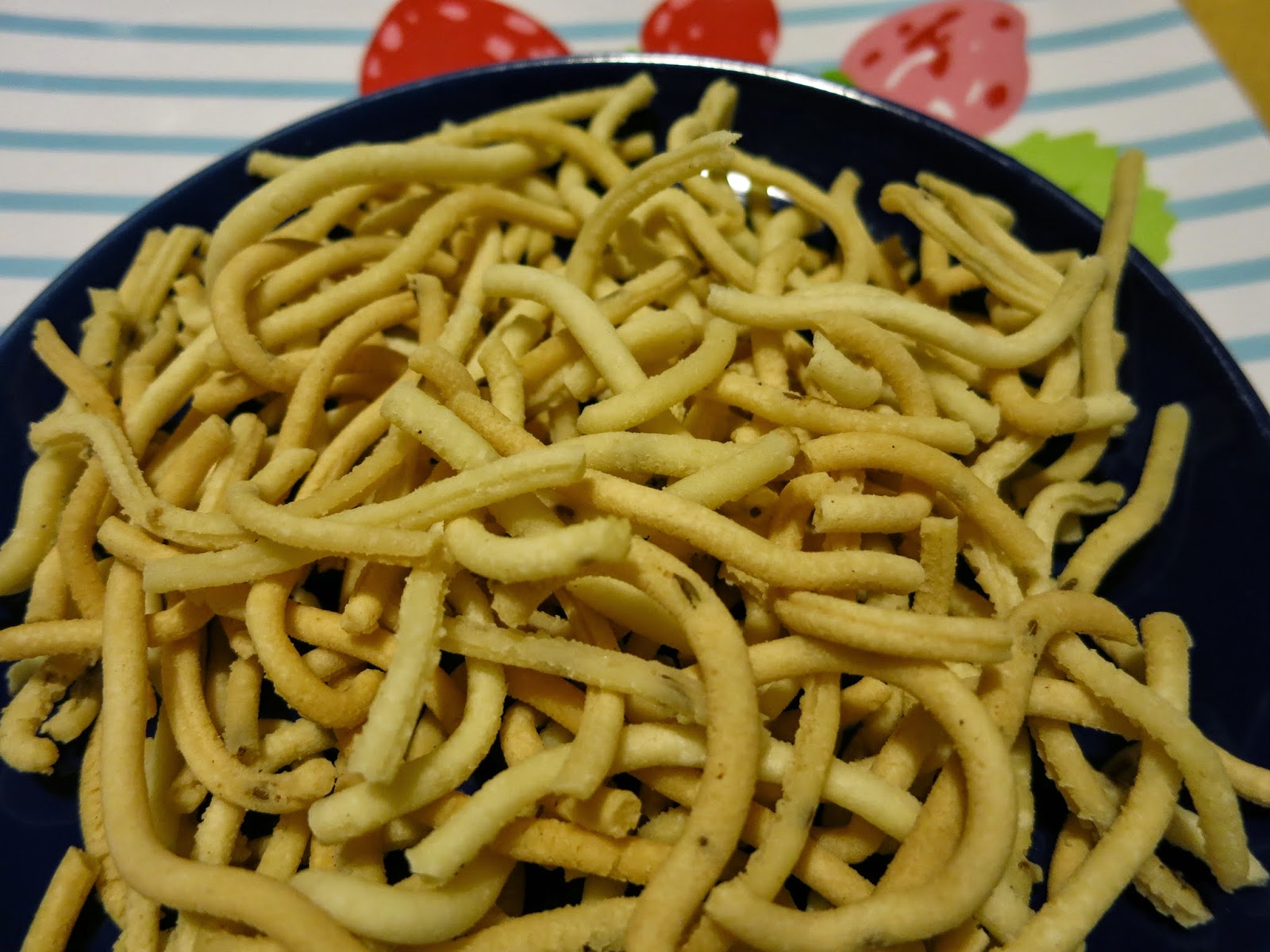Lemony Gongura Dal (Lentils with Gongura/Sorrel Leaves)

Gongura Dal or Dal with sorrel is a delicious dal (stew) to serve with chapati, naan, or other breads, any grains like rice, quinoa, couscous, etc. The gongura or sorrel leaves add a lovely lemony taste to the dal! I was fortunate to find gongura leaves at the Indian market since I had been wanting make dal, chutney, and thokku with it. Here is the dal - yummy! Gongura Dal with Quinoa Notes: Other dals like red lentils, yellow mung dal, or split peas may be used instead of the chana and toor dals. A little lemon/lime juice may be added to the dal just before or when serving if you like. Ingredients: 1/4 cup Chana Dal 3/4 cup Toor Dal 1/2 tsp Turmeric 1 tsp Sea Salt 1/2 tsp freshly ground Cumin Seeds 1 small bunch Gongura OR Sorrel leaves (1 cup packed) 1 large Tomato, diced Thalippu: 2 tsp Oil 1/2 tsp Brown Mustard Seeds 1 pinch Fenugreek seeds 2 dry Red Chiles 1 pinch Asafetida 1 stem fresh Curry Leaves, sliced 2 large Shallots OR 1 small Red Onion, ...




